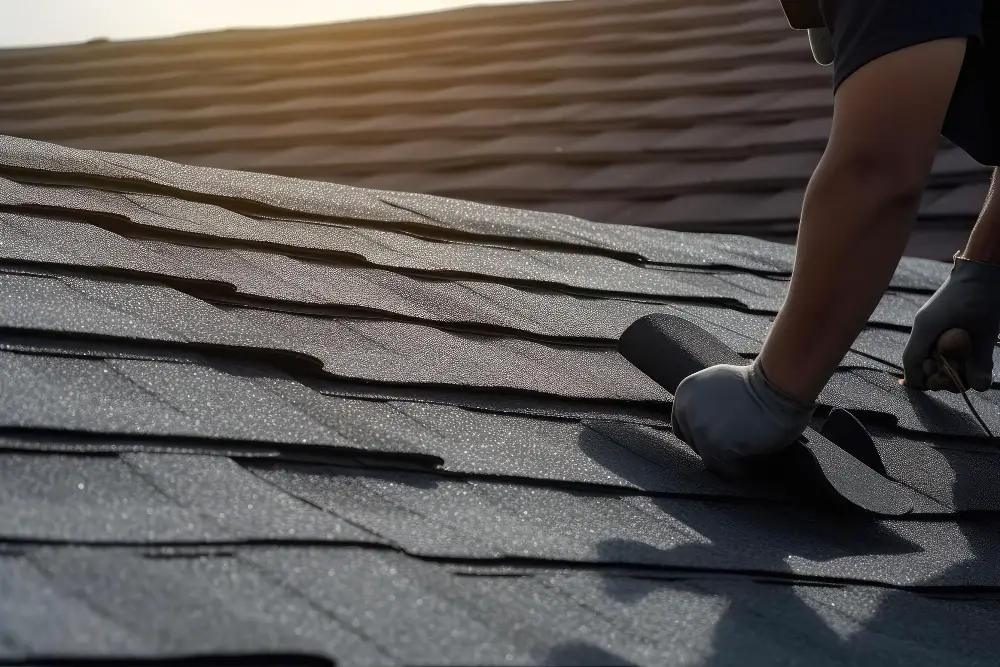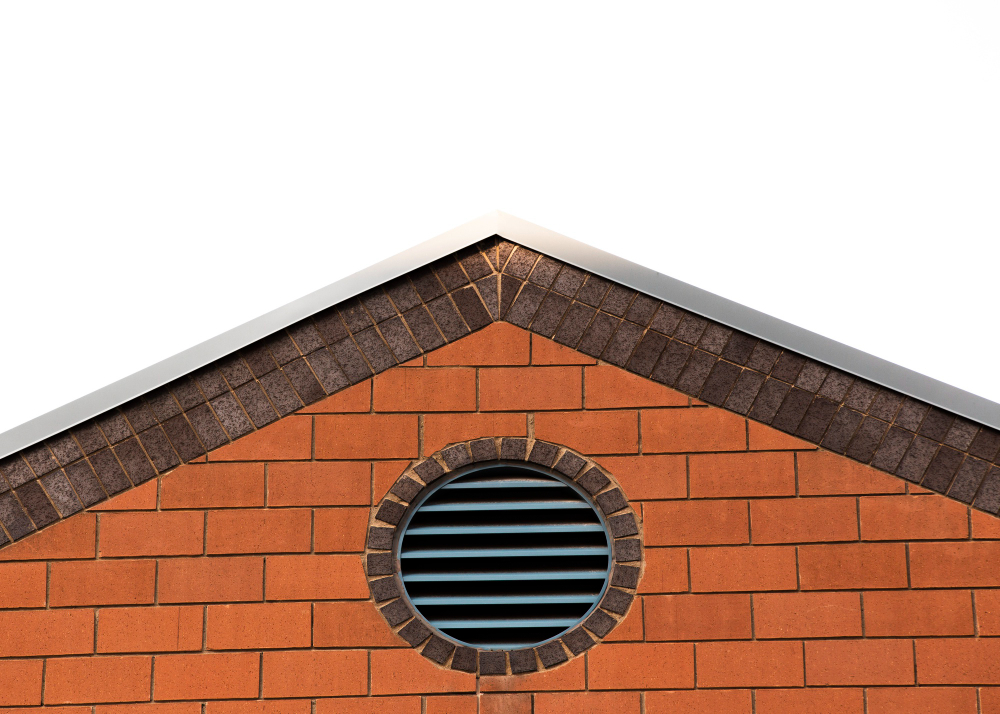The roof of your house – it’s the unsung hero, the silent protector. Shingles, gutters, and attic are parts of that composite system that ensures your home remains a fortress against the elements.
Most of us pay little mind to the condition of our roofs until we notice a leak or echoes of the year’s heaviest rain taunt us with the drip-drip on our walls. But what if you could prevent these problems before they even happen? Below are some tips on how to spot roofing problems before it’s too late.
Inspect Shingles Regularly

One crucial step in preventing roofing issues is to inspect your shingles regularly. As recommended by AnchorPointRoofing.com, this process involves checking for any signs of wear and tear, such as curling, cracking, or missing shingles. Such damage can be an early warning sign of leaks or roof-related problems.
Regular inspection, especially after severe weather events, can help catch these issues early on, preventing more significant damage. It’s essential to perform these checks at least twice a year or hire a professional to ensure your roof remains in top condition. By keeping a close eye on your shingles, you can extend the life of your roof and protect your home from the elements.
Check for Moss and Algae Growth
Moss and algae growth on your roof is not just an aesthetic issue; it can be a sign of potential roofing problems. When these organisms take root, they retain moisture against the surface of your roof, which can lead to wood rot and deterioration of the roofing materials over time. Furthermore, the presence of moss and algae can undermine the integrity of your shingles, leading to leaks and reduced lifespan of your roof.
It’s crucial to tackle this issue head-on by applying appropriate solutions, such as moss-killing agents, and ensuring proper roof maintenance to prevent their growth. Regular cleaning and ensuring that your roof has adequate sunlight can help mitigate this problem. Hiring a professional to inspect and clean your roof can also be a savvy way to keep moss and algae at bay, ensuring your roof’s longevity and functionality.
Ensure Proper Attic Ventilation

Good attic ventilation is crucial for prolonging your roof’s lifespan. It regulates temperature and moisture, preventing problems like ice damming in winter and excessive heat in summer. Condensation can lead to mold and rot without proper ventilation, compromising your roof’s structure.
Proper ventilation boosts energy efficiency, cooling your home in hot months and easing the strain on your AC. Balance air intake at eaves/soffits with exhaust near the roof peak. Regular pro checks maintain attic ventilation, safeguard your roof, and enhance home comfort.
Look for Signs of Water Damage in the Attic
Investigating your attic for water damage is critical to identifying roofing issues before they escalate. Signs of water damage include stains on the attic ceiling, walls, or floors, which may indicate a compromised roof. The presence of mold or a musty smell can also signify excessive moisture and potential leaks.
Regular inspections are crucial, especially post-storms or heavy rain, to detect issues promptly and avoid home structure damage. Watch for peeling paint and warped wood as signs of water intrusion. Early water damage fixes can prevent costly repairs and preserve your roof and home’s integrity.
Inspect the Flashing
Flashing is a crucial element in your roof’s defense system. It seals off joints and prevents water from seeping into vulnerable areas such as chimneys, vents, and skylights. However, flashing can deteriorate over time due to weathering or improper installation, leading to leaks and potential damage.
As part of your regular roof maintenance routine, it’s important to check for any signs of damage or gaps in the flashing. This could include rust, cracks, and loose or missing sections. If you notice any issues, it’s vital to address them promptly by repairing or replacing the flashing to prevent further damage to your roof and home.
Keep Gutters and Downspouts Clear
Clogged gutters and downspouts can be a major headache for homeowners. They cause water to back up onto the roof and potentially seep into the home’s foundation. To prevent this, keeping your gutters clear of debris, such as leaves, sticks, and other materials that can block water flow, is crucial.
Regular gutter maintenance, including cleaning and repairing any damage, can help avoid costly repairs. Additionally, ensure that your downspouts are properly positioned to direct water away from your home’s foundation. This will protect your roof and prevent water damage to your home’s structure.
Think of your roof as a puzzle, each sign of damage a piece. The goal is to ensure each piece remains in place, working harmoniously before your home sustains a fall. Your roof requires your attention, and with simple routine testing – either by your hand or a professional’s – you can piece together the condition of this critical part of your house with the care it deserves. Your diligence today is tomorrow’s peace of mind.
Recap




